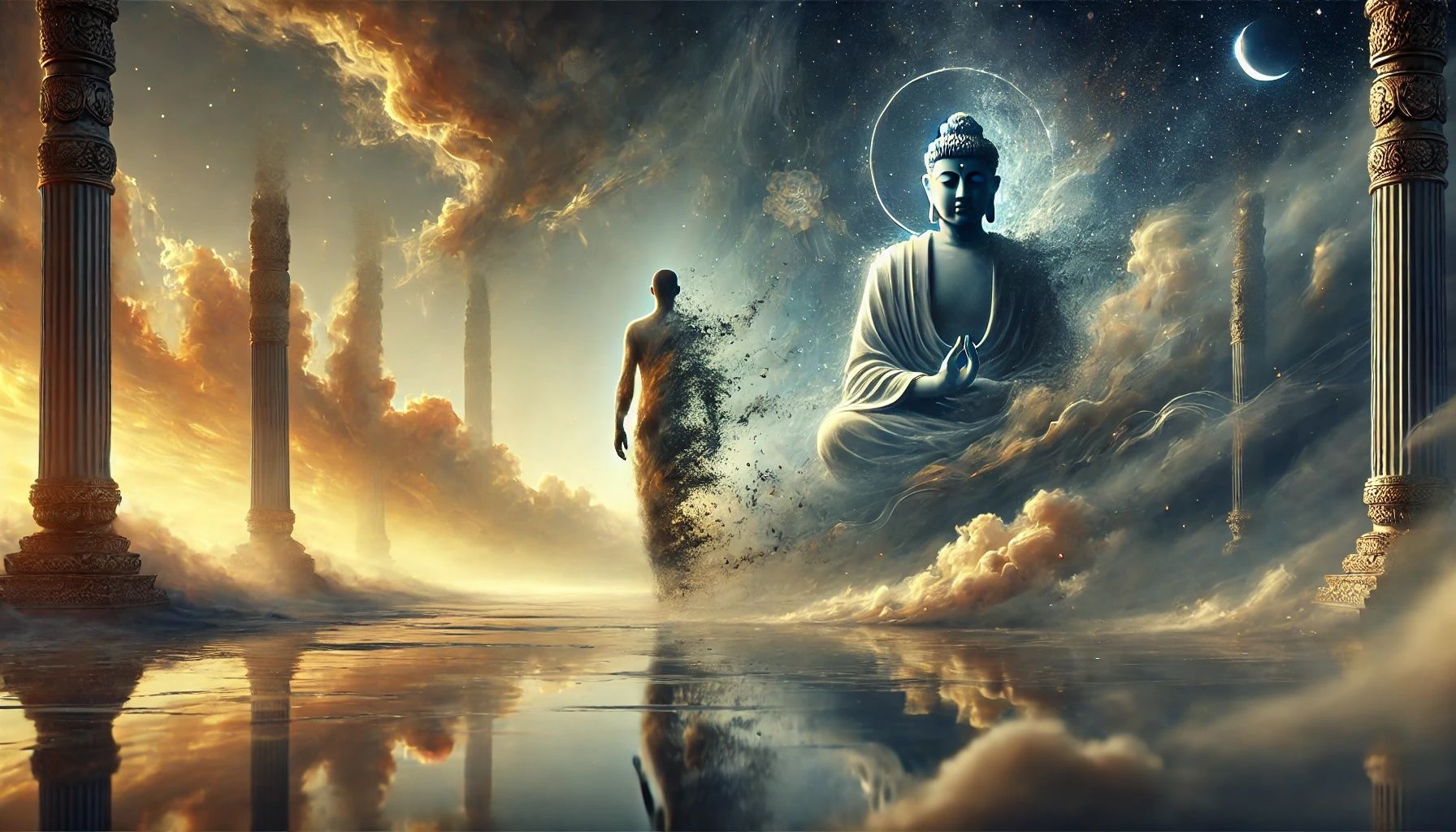Comparison: Nisargadatta, Buddhism
The teacher from the Hindu tradition, Nisargadatta, is best known through his talks in I Am That (1973). Lately, though, I have been re-reading his talks in The Ultimate Medicine, which were given during the year prior to his death in 1981.

The clarity and luminosity of these talks were very striking to me, as was, allowing for differences in terminology, the similarity between many of the views therein with those of Buddhism in general and Soto Zen.
Nisargadatta says, for example, “. . .To know that you are is itself a misery.”[1] In fact this is the Buddhist view, as is clear from the Bahiya Sutta, where the Buddha says that when, in your functioning and consciousness, “there is no you there,” this is the “end of stress.”[2]
The “you” in the Buddhist sutra is the ego, personal self, or I-consciousness. Nisargadatta’s term for this is “I-am” or “I-am-ness.”
In Nisargadatta’s view, in the fully realized person, “the ‘I-am’ consciousness is absent.”[3] If I am correct, this is also the view of Soto Zen, in which the goal of zazen is ultimately to function without a sense of personal self.
If this goal is accomplished, the result, in both Soto Zen and Nisargadatta, is abstraction from whatever a person is doing, thinking, feeling, etc. In Buddhist terminology, the five skandhas can be experienced as operating purely independently of the person. In Nisargadatta’s terms, regarding “the apparatus” “which is doing the working, thinking and talking,” “you are not that apparatus.”[4]
If we are not the skandhas or “the apparatus,” what are we? Nisargadatta says we are “the Absolute,” which is inexpressible. In my understanding, Buddhism or Soto Zen does not talk about who we are ultimately.
Footnotes
- Sri Nisargadatta Maharaj, The Ultimate Medicine, San Diego, 1994, p. 20.
- The words in the essay can be found in the twelfth paragraph of the rather long Bahiya Sutta, which can be found in its entirely at https://accesstoinsight.org/tipitaka/kn/ud/ud.1.10.than.html.
- The Ultimate Medicine, p. 38.
- Ibid., p. 52
All Rights Reserved | Zazen Essays